10 cosmic mysteries the Large Hadron Collider could unravel
Investigating cosmic mysteries by smashing protons together.
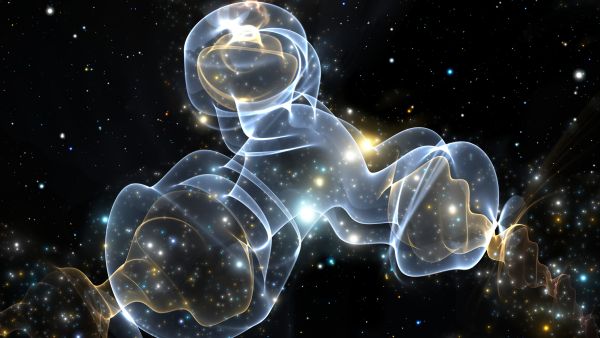
What mysteries of the universe could the world's largest and most powerful particle accelerator unlock?
The Large Hadron Collider (LHC) at CERN (the European Organization for Nuclear Research) near Geneva, Switzerland was just switched back on for the third time after a three-year hiatus planned to implement upgrades. In the 14 years since it was first turned on, the particle accelerator has explored some of the biggest mysteries in the universe, colliding countless particles at near the speed of light in a tunnel 328 feet (100 meters) underground.
One of the most amazing things about the LHC is that scientists don't know exactly what might happen when they smash protons together at nearly the speed of light. Despite its years of driving groundbreaking science, at the end of Run 2 in 2018, scientists estimated that the LHC had only delivered about 3% of the data expected in its lifetime. And it's just getting started.
There are some major mysteries in the universe that scientists hope to answer, and the LHC could be instrumental in some of that progress. Below, let's explore 10 strange corners of the universe that the LHC could explore.
Related: The Large Hadron Collider will explore the cutting edge of physics after 3-year shutdown
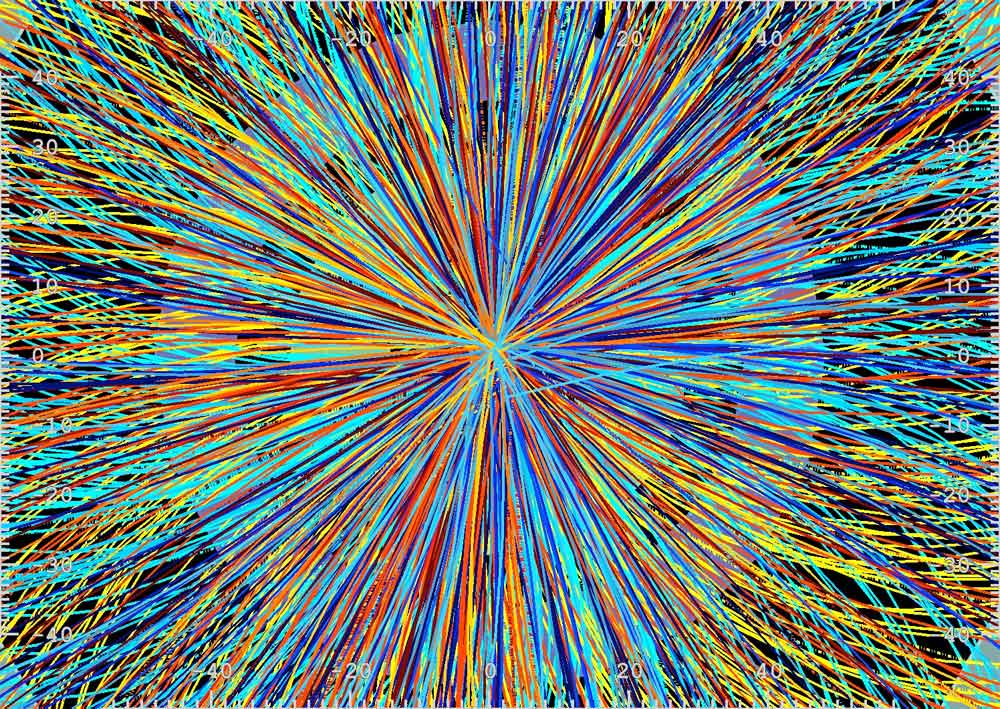
The Higgs boson
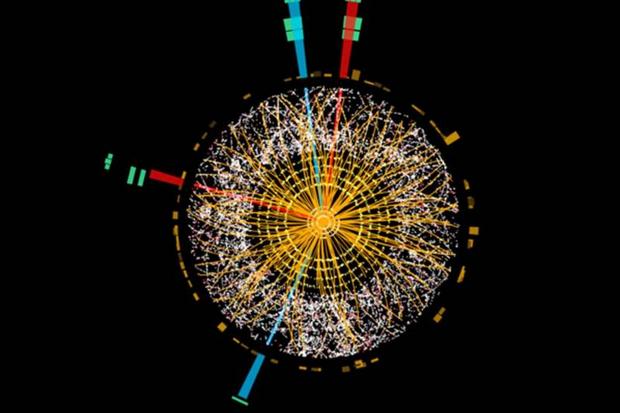
What is probably the most famous discovery to come out of the LHC to-date, the Higgs boson, is an elementary particle the existence of which was confirmed in 2012 at the LHC. There is, however, still a lot to be learned from studying the strange particle..
First proposed in 1964 by a group of theorists including Peter Higgs and François Englert, the Higgs boson was the last undiscovered particle predicted by the Standard Model, the theory that explains all known fundamental forces and particles in the universe. (In 2013, Higgs and Englert were awarded the Nobel Prize in physics following the LHC's detection of the Higgs boson the year before.)
The Higgs boson was suggested as an explanation for why certain particles have mass. The particle is associated with what is called the Higgs field, which gives mass to other elementary or fundamental particles like electrons and the quarks that make up protons. The particle even gets its own mass from interactions with the Higgs field.
But not all fundamental particles have mass: The photon, or light particle, has no mass, for example. There remain many mysteries about the Higgs boson and, with future experimentation at the LHC, particle physicists could paint a more complete picture of this strange particle.
LHC scientists have already observed the Higgs particle doing strange things ever since they finally spotted it, offering additional mysteries to solve. In fact, in Run 2 at the LHC, researchers experimented to see if the Higgs boson might decay into dark matter particles (though they did not detect this.)
Dark matter
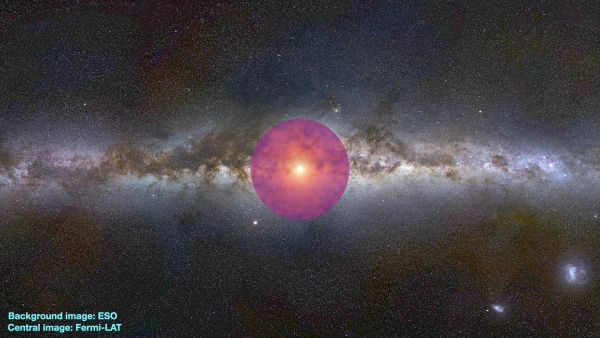
Scientists hope that with the help of the LHC, they will be able to find particles that constitute dark matter, the never-before-observed stuff that makes up about 80% of all matter in the universe.
Dark matter is a mysterious material that scientists predict makes up over 80% of all matter in the universe. Although dark matter is invisible material, of stars, planets and galaxies. In other words, we can't see dark matter but we know it's there because we can see its effects.
"Dark matter is most of the matter in the universe, and we have no idea what it is. One of the most outstanding questions in all of science is, 'What is dark matter?'" Benjamin Safdi, an assistant professor of physics at the University of California, Berkeley whose research includes investigating possible explanations for dark matter, said in a statement.
Currently, scientists have a number of different dark matter candidates, strange particles that could be the elusive dark matter. But, while the culprit hasn't yet been identified, the LHC remains a powerful tool that scientists will continue to use to solve this major mystery.
"If the LHC detects a potential dark-matter particle, it will require confirmation from the other experiments to prove that it is indeed a dark-matter particle," CERN officials wrote in a statement. "By contrast, if the direct and indirect experiments detect a signal from a dark-matter particle interaction, experiments at the LHC could be designed to study the details of such an interaction."
Dark Energy
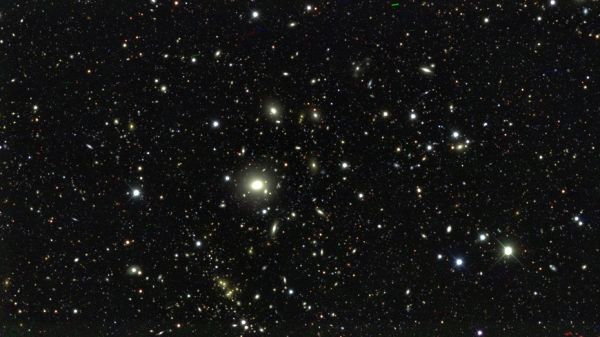
While its name might seem to imply that dark energy is similar to dark matter, their connection lies in the name alone.
In addition to their similar names, dark energy is also invisible and expansive. Dark energy is a mysterious force suspected to make up nearly three-fourths of the universe, and scientists think it's causing the expansion of the universe is speeding up.
While the LHC is designed to experiment with particles, some theorists have suggested that if dark energy is a type of force or field, then the LHC could be used to investigate that idea, similarly to how the LHC used the Higgs field to produce the Higgs boson particle, physicist Clare Burrage described to Symmetry Magazine.
"Cosmologists know that there is new physics we don't understand, and all the evidence is pointing toward something very fundamental about our universe,” Burrage said. "The experiments on the LHC are also very interested in the fundamentals."
Scientists have also suggested that dark energy, if it's a type of field, could produce light-weight particles, Burrage said.
"The main focus of LHC has been heavy particles, so we had to go back and re-interpret the data to look for something light," she added.
WIMPs
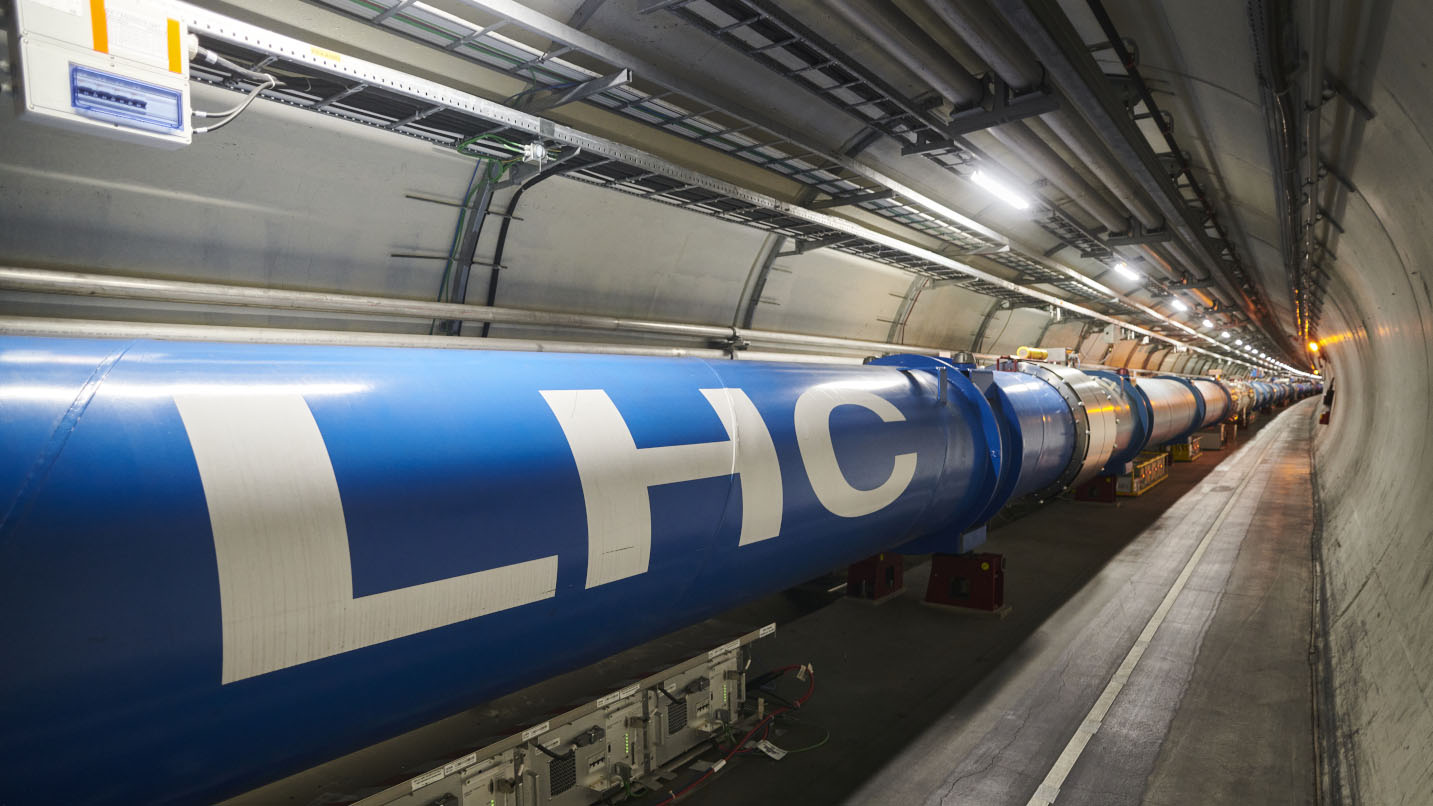
In terms of dark matter, one of the candidates that's gotten serious attention over the years has been weakly interacting massive particles, or WIMPs, which LHC has already investigated.
WIMPs are hypothetical particles that are said to interact via forces including gravity and which might exist outside of the Standard Model.
"The LHC has really broken new ground in the search for dark matter in the form of weakly interacting massive particles," dark-matter theorist Tim Tait of the University of California Irvine involved in the LHC Dark Matter Working Group said in a CERN statement.
So far, the LHC has attempted to spot this dark matter candidate. Scientists have used the LHC to look for WIMPs by searching for signals of what might be created by, for example, WIMPs interacting with ordinary matter, Tais said.
But "all of the observed results have been consistent with models that don’t include dark matter," Tait said. However, the data so far gives "us important information as to what kinds of particles can no longer explain [dark matter]."
Even if WIMPs can't explain dark matter, chasing these particles has been fruitful. "The results have both pointed experimentalists in new directions for how to search for dark matter, and prompted theorists to rethink existing ideas for what dark matter could be — and in some cases to come up with new ones," Tait added.
But the door isn't completely shut on WIMPs, and the mystery of what they may or may not be still hangs out there.
"I still hold a fire for WIMPs," John Ellis, a particle physicist, told Space.com earlier this year.
Axions
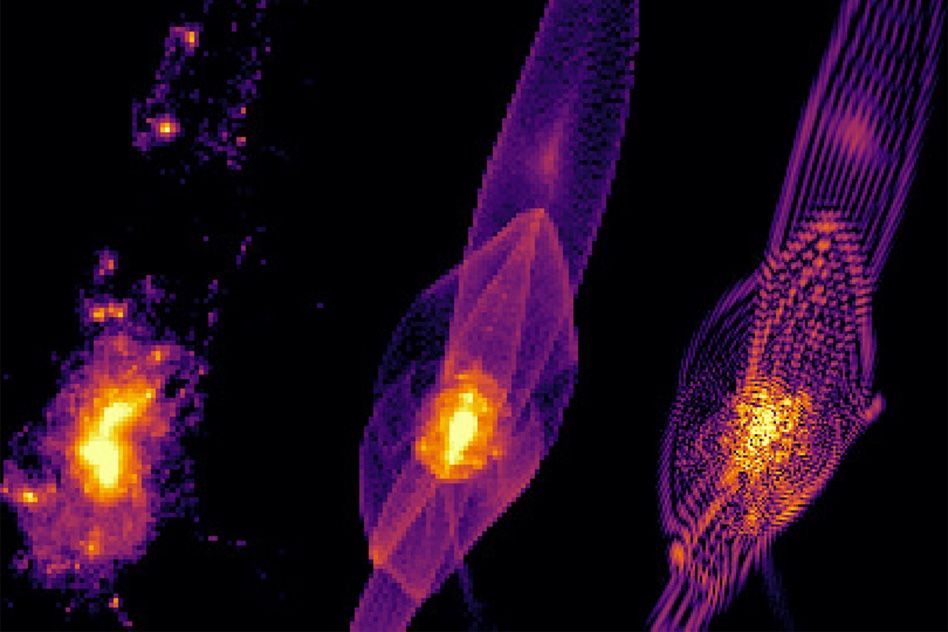
Axions are another hypothetical elementary particle that have been in the spotlight as WIMPs have lost a bit of their luster in the scientific community. The axion, proposed in 1977, has both low mass and low energy; in 2020, physicists found the first direct evidence of axions and fanned the flames of interest in the particle as a dark matter candidate.
Especially with the 2020 findings, the axion is growing in popularity as a dark matter candidate. But no one has yet "caught" an axion by directly detecting the particle in an accelerator like the LHC.
"We suspect it is a new particle we don't know about, and the axion could be that particle," Benjamin Safdi said about dark matter. "It could be created in abundance in the Big Bang and be floating out there explaining observations that have been made in astrophysics."
Scientists have proposed a number of possible experiments that could be used to try and "catch" an axion, but, as researchers described in a 2018 CERN statement, the LHC can be used to search for a new, hypothetical particle: the QCD axion.
Even though physicists haven't yet "caught" either the axion or this similar variety, it's possible that future experimentation with the LHC might shed new light on this particle mystery, potentially confirming scientists' suspicions about the axion or finding new information that changes existing ideas entirely.
"Ghost particles"
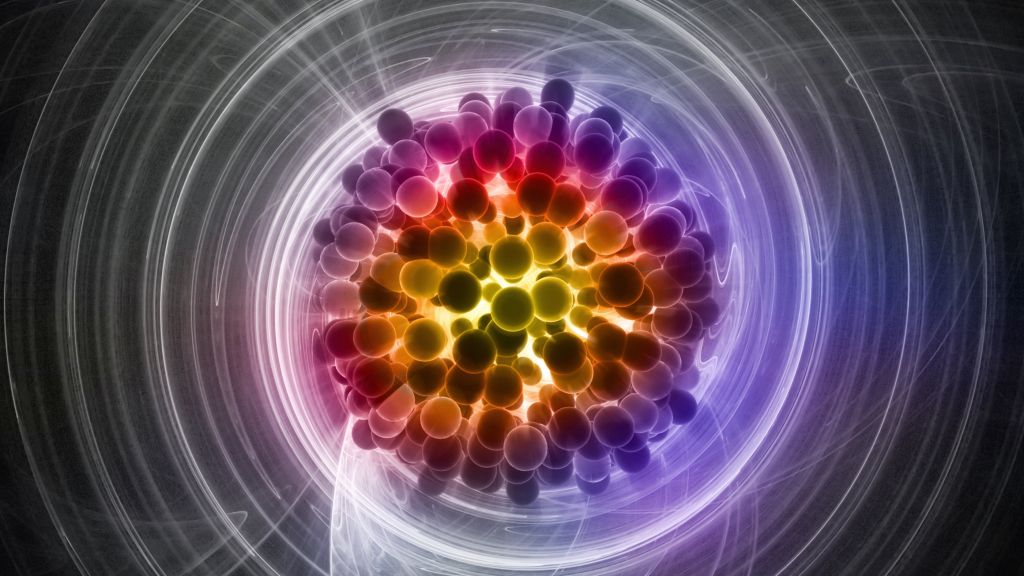
Neutrinos, nicknamed "ghost particles" because of their elusive nature, were spotted for the first time in a particle accelerator in 2021. The discovery was made at the LHC and was a major breakthrough for physics that has opened up a whole world of subatomic mysteries.
Neutrinos are subatomic particles similar to electrons with no electrical charge and such a small mass that scientists used to think they had no mass at all. Neutrinos are thought to be one of the most prevalent particles in the entire universe; every second, about 100 billion neutrinos pass through every square centimeter of the human body and these particles, produced in the hearts of stars through nuclear fusion, are just about everywhere.
But, because neutrinos don't interact much with matter (neutrinos only interact via gravity and the weak force) and because of their lack of charge and tiny mass, they have been remarkably difficult to spot in particle accelerators.
LHC's landmark 2021 detection changed that, and with this big "first" accomplished, the LHC can now push this science forward, further exploring these ghostly particles that permeate our universe.
Supersymmetry
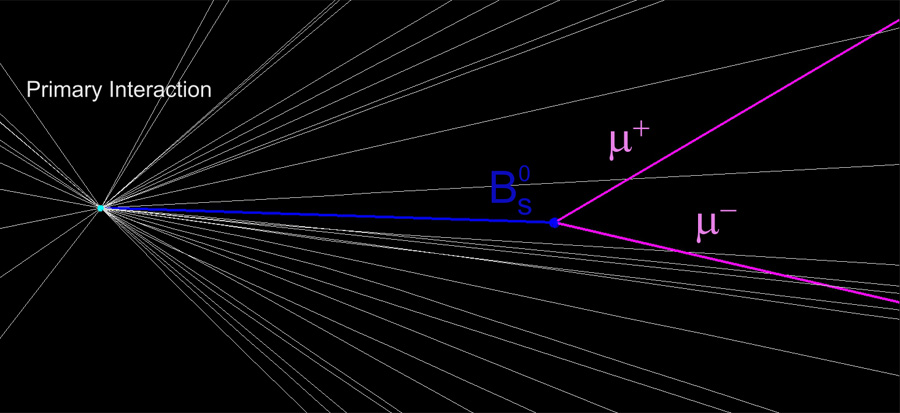
Supersymmetry is a fundamental mystery of the universe that continues to lurk in the back of scientists' minds.
Simply put, supersymmetry is a theory suggesting that all of the universe's fundamental particles should have counterpart theoretical "superparticles." This theory, which is an extension of the Standard Model, says that when elementary particles (like photons or electrons) were formed at the beginning of the universe, they were created alongside matching "superparticles." The theory suggests that every particle seen in the Standard Model has a partner particle that spins differently.
However, there has been no concrete, direct evidence of supersymmetry.
Scientists hope that, by using a facility like the LHC, as astrophysicist Paul Sutter has explained, scientists could essentially recreate the conditions of the early universe and search for signs of supersymmetry.
"If the theory is correct, supersymmetric particles should appear in collisions at the LHC," CERN said in a statement. Scientists have previously wondered whether the LHC is creating supersymmetric particles that are escaping the detector then decaying. And since experiments at the LHC like ATLAS, the largest general-purpose experiment at the LHC, detect particles' decay and the products of that decay rather than the particles directly, physicists remain concerned about how these particles could be detected if they are indeed there.
But with this mystery lingering, it makes new opportunities for exploration with the LHC all the more exciting.
The matter-antimatter problem
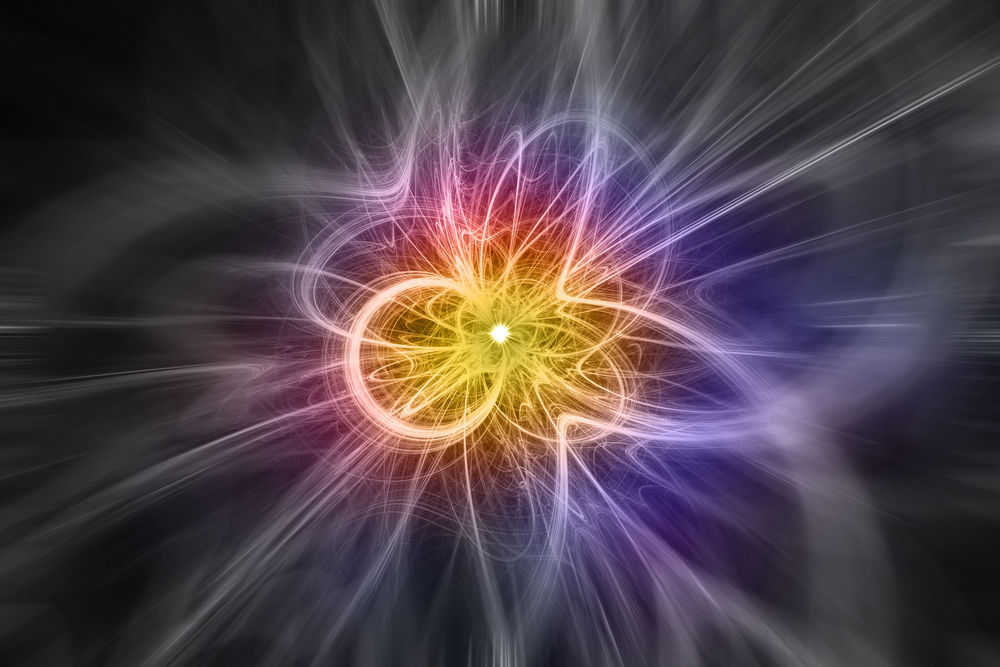
One of the biggest mysteries in science remains what is known as "matter-antimatter asymmetry."
As we understand it, the Big Bang should have created nearly equal amounts of matter and antimatter in the early universe. (Antimatter particles have the same mass as their counterpart matter particles, but with an opposite electric charge.) But the universe today appears to be primarily composed of matter, with very little antimatter. This mystery asks: what happened?
Scientists believe that the Big Bang created a "nearly" equal amount of antimatter and matter because if there was the exact same amount, the two types would have essentially canceled one another out, leaving behind an empty universe, CERN has described.
But that slight asymmetry between matter and antimatter at the Big Bang isn't fully explained by the Standard Model and physicists are also unsure how this slight asymmetry led to the matter-dominated universe that we live in today.
With the LHCb (Large Hadron Collider beauty) experiment, scientists have investigated slight differences between matter and antimatter. Most recently, earlier in 2022, the largest matter-antimatter asymmetry was observed with this experiment. Future investigation could reveal new details about why and how our universe came to be.
Mystery particles
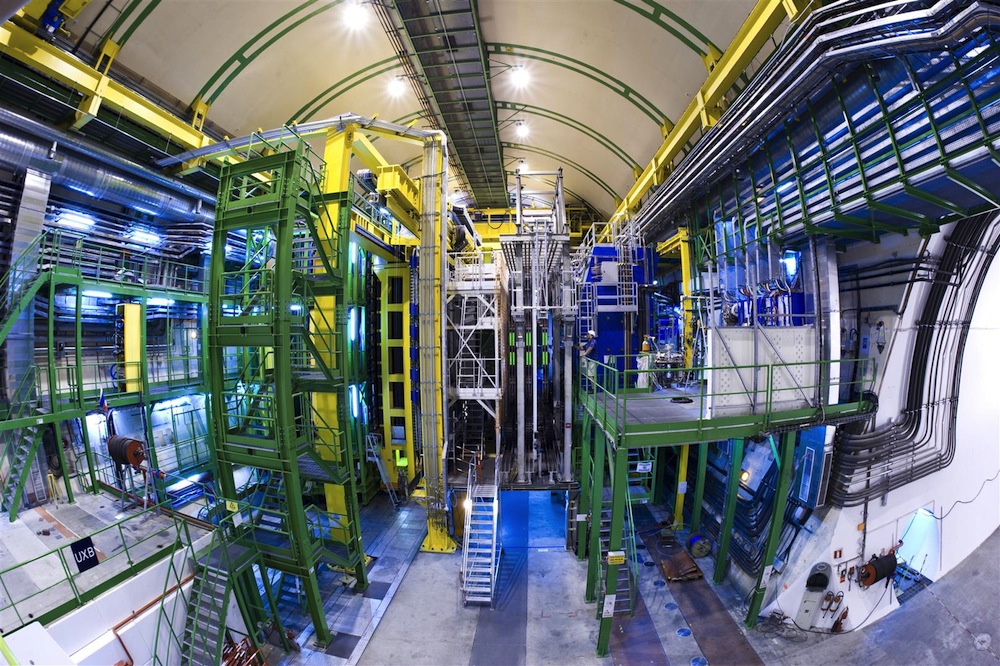
If the world's largest and most powerful particle accelerator is good at one thing, it's smashing particles together. This technology has enabled incredible steps forward in the field of particle physics, including creating and observing strange, new particles that scientists had only suspected might exist.
From 2011 to 2021, scientists using the LHC discovered 59 new types of hadron particles. Among those, in 2018, was a strange "mystery particle"; in 2021, a rare four-quark "tetraquark" particle, a non-elementary particle, was spotted at the LHC. And, of course, the Higgs boson discovery at the LHC certainly counts as a remarkable particle find.
As researchers continue to smash protons near the speed of light and explore the fringes of what we know to be true about the universe, it's likely that strange, new particles will continue to pop up during the LHC's new operational phase.
The Standard Model
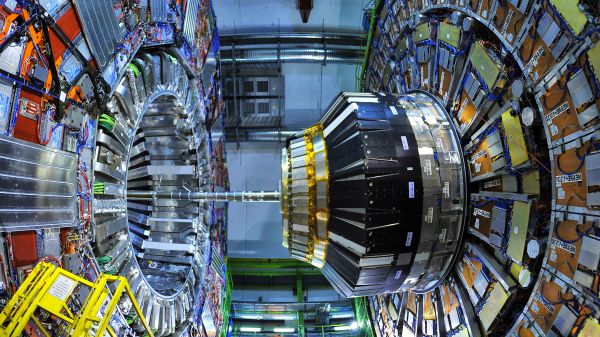
The last item on this list is almost an honorable mention, but it remains one of the most significant, all-encompassing objectives that scientists use the LHC to investigate.
The Standard Model describes all known forces and particles in the universe; it's the best "theory of everything" that scientists have to work with. But the Standard Model isn't complete and, as we explore major unknowns like dark matter and dark energy, researchers continue to explore how they might need to extend the Standard Model.
The LHC, allows scientists to both confirm what we already suspect about the Standard Model and also see where the model falls short, whether physicists may need to extend the theory or break the model apart altogether.
Email Chelsea Gohd at cgohd@space.com or follow her on Twitter @chelsea_gohd. Follow us on Twitter @Spacedotcom and on Facebook.
Join our Space Forums to keep talking space on the latest missions, night sky and more! And if you have a news tip, correction or comment, let us know at: community@space.com.
Get the Space.com Newsletter
Breaking space news, the latest updates on rocket launches, skywatching events and more!

Chelsea “Foxanne” Gohd joined Space.com in 2018 and is now a Senior Writer, writing about everything from climate change to planetary science and human spaceflight in both articles and on-camera in videos. With a degree in Public Health and biological sciences, Chelsea has written and worked for institutions including the American Museum of Natural History, Scientific American, Discover Magazine Blog, Astronomy Magazine and Live Science. When not writing, editing or filming something space-y, Chelsea "Foxanne" Gohd is writing music and performing as Foxanne, even launching a song to space in 2021 with Inspiration4. You can follow her on Twitter @chelsea_gohd and @foxannemusic.










